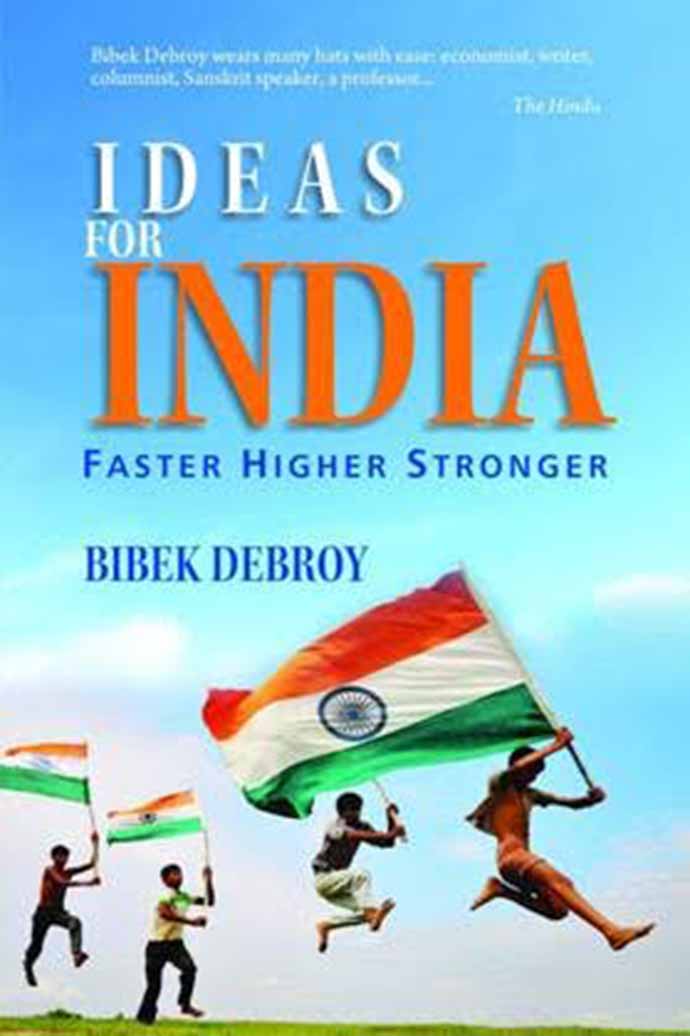Sanskrit is not dying in India. But some want to kill it

Census primarily asks a question about mother tongue
How many people in India speak Sanskrit?
Strictly speaking, we don’t know and that’s not because relevant tables for Census 2011 aren’t yet ready. We don’t know because we don’t ask. Census primarily asks a question about "mother tongue". Pre-Independence, in 1891 Census, "parent tongue" was also used. But it is mother tongue now. The number of people who reported Sanskrit as their mother tongue in Censuses was 2,212 in 1971, 6,106 in 1981, 49,736 in 1991 and 14,135 in 2001.
Sanskrit is not a non-Scheduled language. It is one of the languages in the Eighth Schedule and is also an official language in Uttarakhand. There are people who would probably like to proclaim it a dead language. "Dead" is an imprecise term in the context of languages. But languages do become extinct, when there are no surviving speakers, and globalisation and language shifts have encouraged the pace of death. Will we proclaim death of Sanskrit according to "mother tongue"? With the 1971 to 2001 numbers I cited, any statistician worth his/her salt will sense there is something exceedingly wrong with those figures, though it is conceivably possible that 35,000 Sanskrit speakers sought linguistic asylum in Germany, or wherever the language is encouraged.
By the way, in 2001, roughly half of those 14,135 with Sanskrit as their mother tongue were in UP, which seems fair enough. However, there was one such strange individual in Arunachal Pradesh and another one in Meghalaya. More importantly, we will get data on Sanskrit speaking abilities of Indians not from "mother tongue", but from "other languages known". Data we collect on that heading is even more unsatisfactory. For 2001 Census, look at the household schedule and check question number eleven.
You can list a maximum of two languages and no more. I believe PV Narasimha Rao spoke seven Indian languages (including mother tongue) and six foreign ones. I wonder which two he picked. Forget villages like Mattur or Hosahalli in Karnataka, where everyone speaks Sanskrit. Think of someone who is urban and has a graduate degree, without Hindi being the mother tongue. If he/she knows Sanskrit, the language basket will probably be mother tongue, English, Hindi and Sanskrit. The probability of Sanskrit not showing up in Census schedules is extremely high. That’s the reason I said we don’t know how many people speak Sanskrit. Therefore, to paraphrase Mark Twain (who visited India in 1896), reports about the death of Sanskrit are greatly exaggerated.

No doubt there are people who wish Sanskrit to die, because they don’t perceive it to possess value. There is an infamous quote from Macaulay’s Minute (1835) upon Indian education. "I have never found one among them (learned men) who could deny that a single shelf of a good European library was worth the whole native literature of India and Arabia." In all fairness to Macaulay, that quote is plucked out of context. The context was public funding and a trade-off between Sanskrit/Arabic and English teaching. There isn’t necessarily a trade-off, not then and not now. Most people will probably be aware of Kautilya’s Arthashastra, dated to 2nd or 3th century CE.
I wonder how many people know that the manuscript disappeared. R Shamasastry rediscovered it in 1904. It was published in 1909 and translated into English in 1915. Had Shamasatry not known Sanskrit, he wouldn’t have known that manuscript’s worth. There is a National Mission for Manuscripts (Namami), set up in 2003. This has a gargantuan task of listing, digitising, publishing and translating manuscripts, a manuscript defined as a text more than seventy-five years’ old. This manuscript wealth isn’t necessarily in public hands. Hence, surveys are used to estimate what is in private collections. As of now, Namami has a listing/digitisation of three million and the estimated stock of manuscripts in India is 35 million. There are at least 60,000 manuscripts in Europe and another 1,50,000 elsewhere in South Asia.
Ninety-five per cent of these manuscripts have never been listed, collated and translated. Therefore, we don’t know what is in them. Macaulay could at least blame other learned men. In this day and age, everyone is a bit of an empiricist. Note that two-thirds of these manuscripts are in Sanskrit. But there are other languages too, Arabic and Pali are two examples. Even if the language was Sanskrit, there are instances where we no longer have people who can read scripts in which that Sanskrit language was written down. Note that knowledge transmission in Sanskrit was rarely in written form. Writing is of recent vintage.
Most transmission of knowledge was oral and as gurukul systems and the guru-shishya tradition collapsed, that knowledge has been irretrievably lost. In a loose sense, this has happened with many branches (shakhas) of sacred texts (shastras), Vedas and Vedangas included. It is a strange empiricist’s argument to hold Sanskrit has no value to offer without even knowing what 95 per cent of those manuscripts (forget the lost oral transmission) contain.
In a relatively better situation, someone like Manjul Bhargava will come along and remind us of the sulba sutras, a set of pre-Pythagorean treatise. In a relatively inferior situation, we will have to depend on a Sanskrit-speaker from Germany or the US to translate what a specific text contains. Sanskrit isn’t quite dead. But if it isn’t encouraged and energised, it may well be headed in that direction. How we do it is a subsequent question. First, let’s acknowledge a problem exists. In Sanskrit, namami means "I bow down". That store of knowledge deserves at least this bit of humility.
(Excerpted with permissions of Wisdom Tree)

